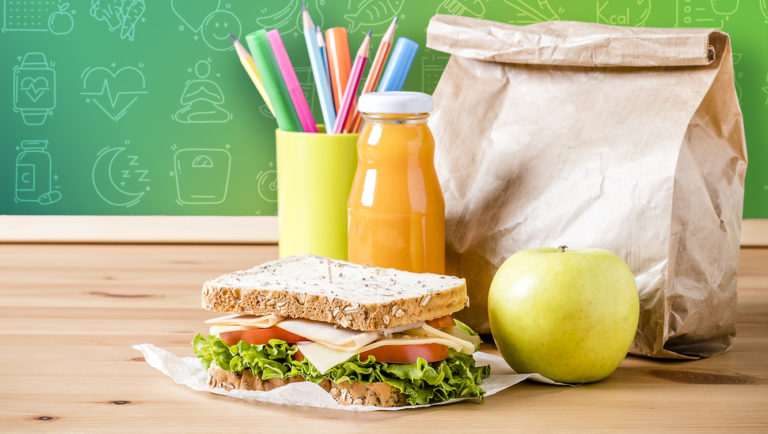Why SBHCs? Benefits to Addressing Food Insecurity through an SBHC

Improving access to healthy food and federal food programs can significantly impact families and children.
- Effective programs exist to close the gap between kids with and without food to eat. Too often, however, these programs aren’t reaching the kids who need them. School-Based Health Centers (SBHCs) can offer a solution to this problem. As noted in the SIHE series, SBHCs are a trusted resource and conduit to varied health efforts and outcomes –from primary care to mental health, oral health, and more. They can also play a critical role in addressing social determinants of health, including food insecurity. As indicated by the Whole School, Whole Community, Whole Child Model, outcomes improve when kids’ whole selves are supported.
- SBHCs can mitigate food insecurity for students and families by:
i) Considering food insecurity as a critical factor for achieving overall health and identifying students and families who may be experiencing food insecurity.
ii) Maximizing enrollment of Medicaid beneficiaries in SNAP, WIC, School, and Summer Meal programs
iii) Connecting families to other community food resources, such as food pantries, gardens, or double-up SNAP programs.
iv) Providing wrap-around education support on selecting, preparing, and eating nutritious foods.
v) Advocating for policies that improve access to and strengthen child nutrition programs and SNAP, and advocating for policies that decrease poverty or other address other root causes of food insecurity.
SBHCs can integrate food access interventions where children spend the majority of their time and directly connect families in need to programs that can help. These models are reviewed in more detail in section 4.
Four Opportunities for Medical and Health Organizations to Address Food Insecurity
Families report physicians and school health personnel as a highly trusted source of information and referrals.
- Families are more likely to follow-up on food resources when a trusted messenger offers.
- Caregivers may be more likely to respond positively to a food resource referral when it is framed to support their child’s health and when offered in a sensitive manner (more information here).
- In early 2021, No Kid Hungry engaged with parents and students in low- and middle-income households in a series of discussion boards and surveys. The discussion covered their views of school meals and reactions to crucial messaging designed to encourage greater participation. Parents were asked about “messengers,” specifically to indicate whether they would trust this organization/individual a great deal, trust them a little, not trust them too much, or not trust them at all if they encouraged participation in school meals. Results indicated a high level of trust in messaging from a health care provider.

The School-Based Health Center Learning Network (SBHCLN) demonstrated success and tangible outcomes, including increased connections to preventative care by offering food support. Additional outcomes can be found in Section 6 of this toolkit.
- The Midpoint Evaluation survey for the No Kid Hungry Learning Network demonstrates the efficacy of SBHC-integrated food insecurity programming. Successes include:
– Surveys/outreach to families is effective in identifying food needs and food resource preferences
– SBHCs identified and cultivated community partnerships to address food insecurity, regardless of the size of the SBHC, school district, or community
– Implementing food access interventions led to opportunities to connect more families with the SBHC health services and preventative care
– High participation by students and families in food programming resources and nutrition education





